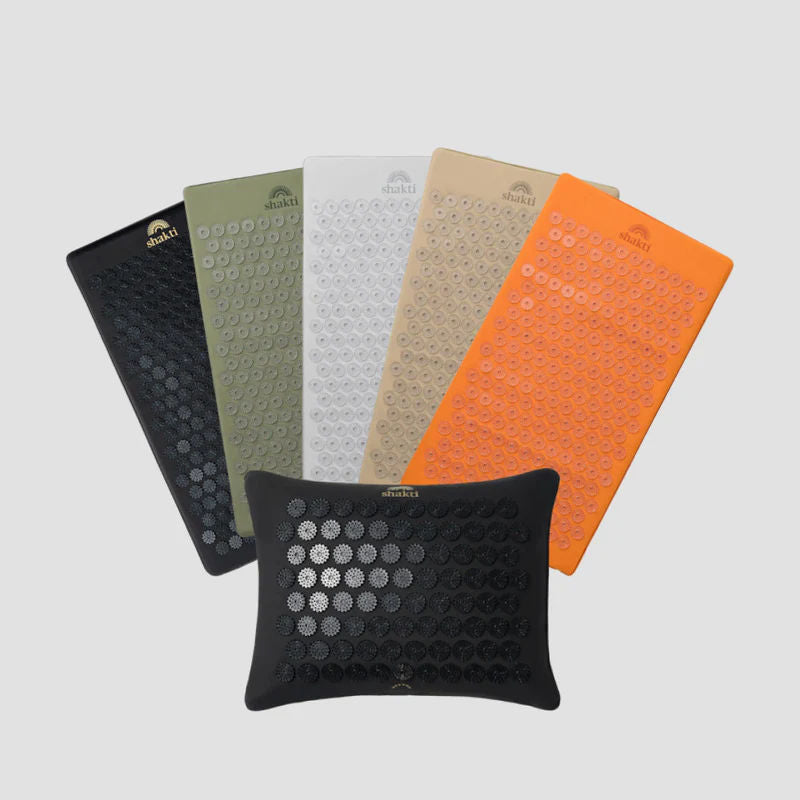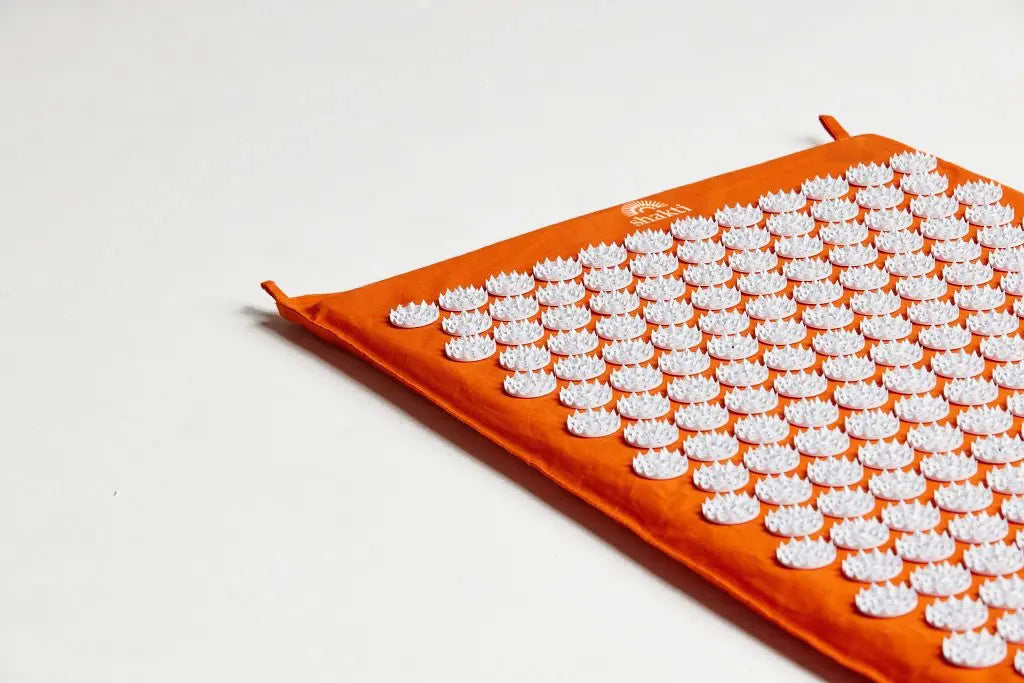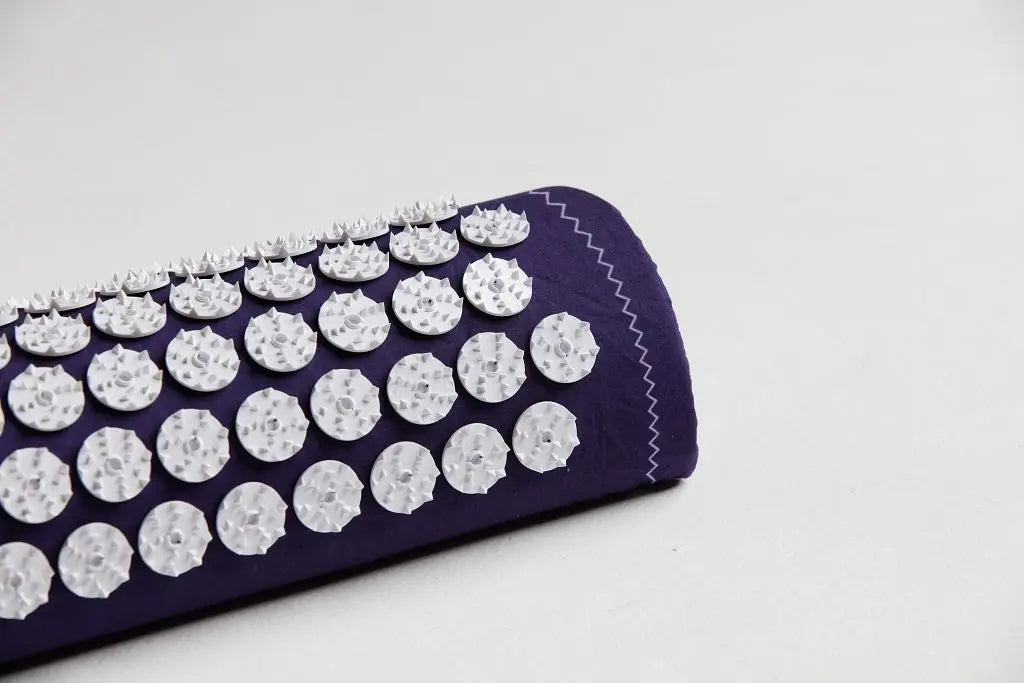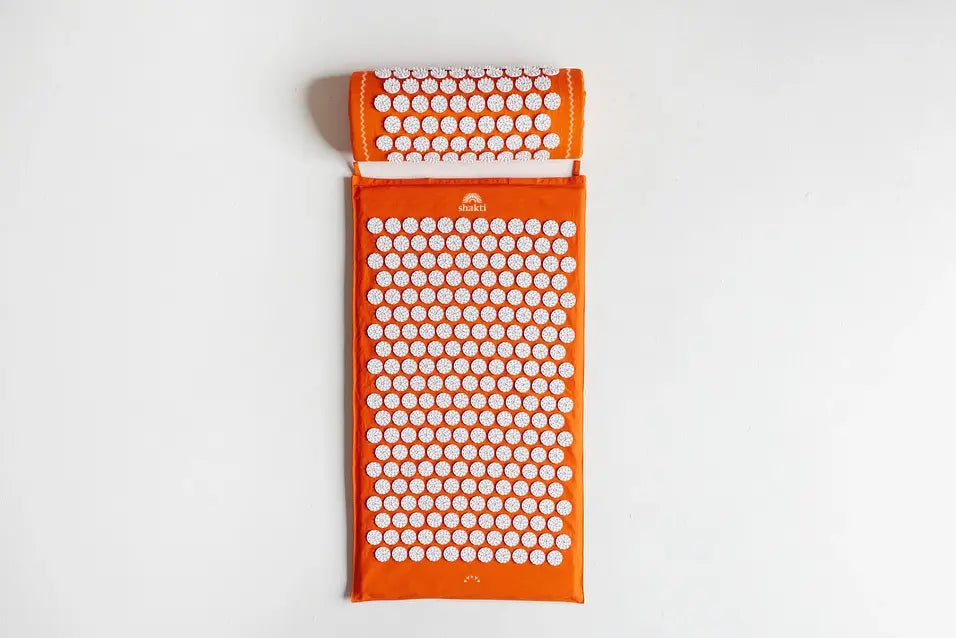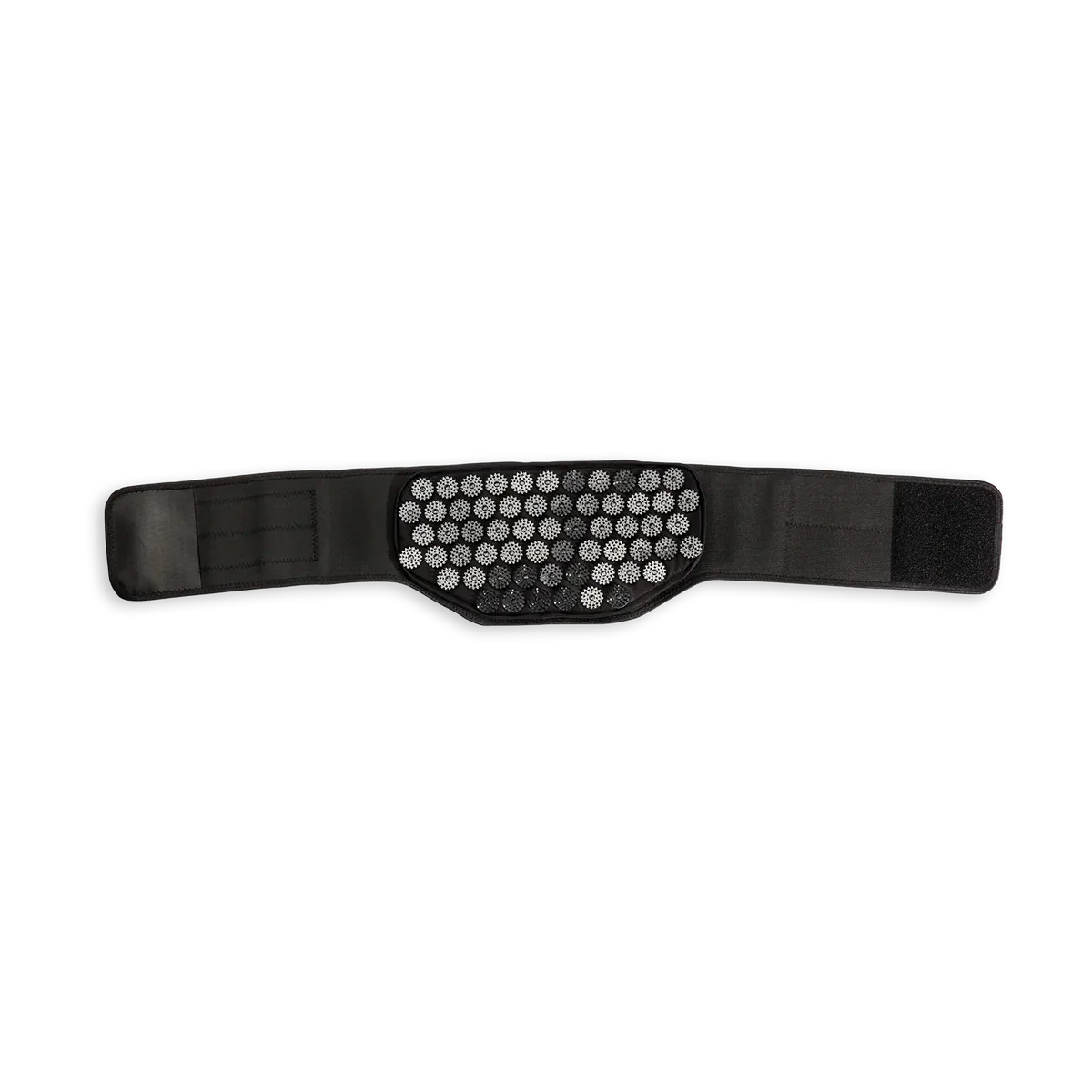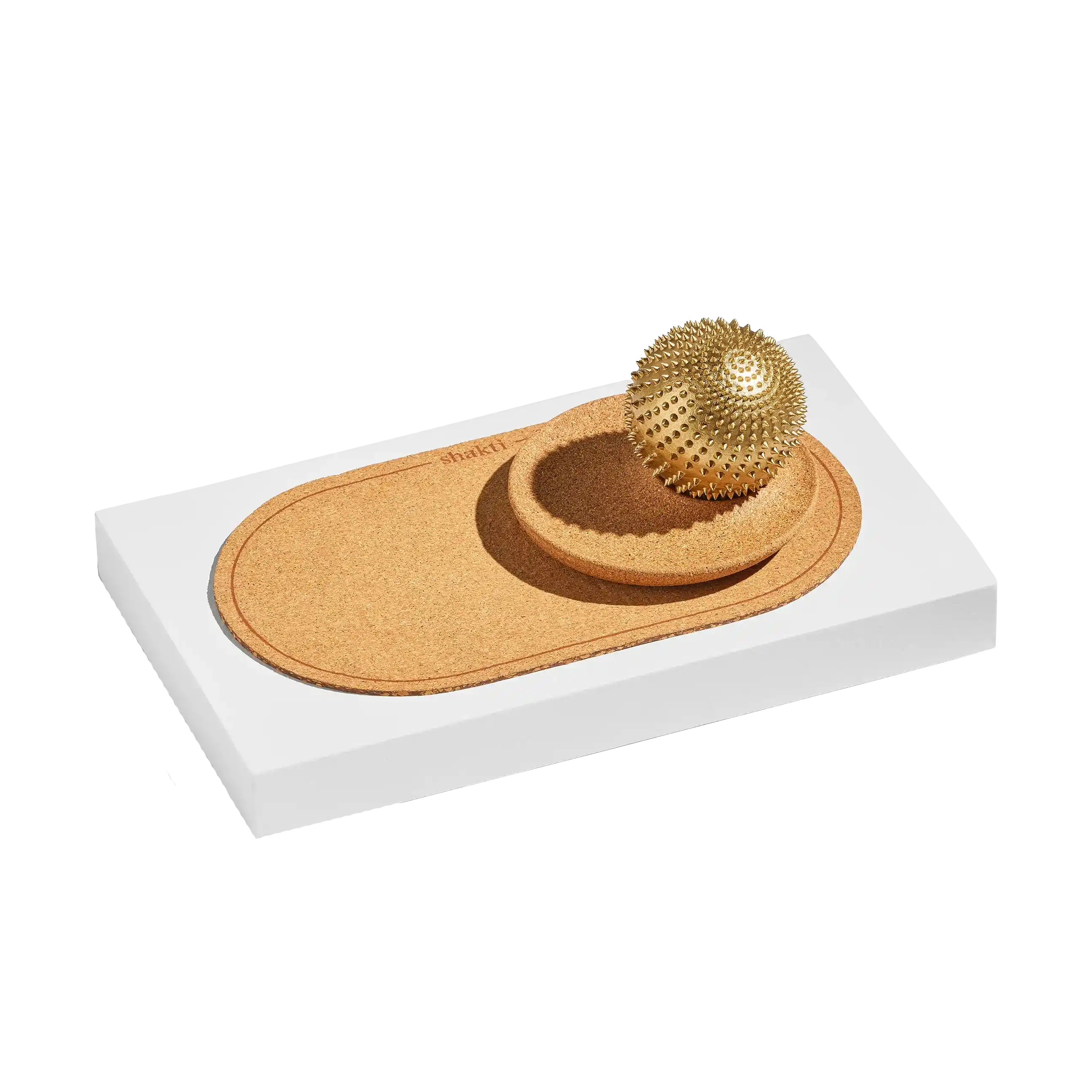Does the following situation sound familiar? After a long day at the computer, your forearm feels tense, your wrist is almost stiff and every mouse click hurts. What often starts as a slight pulling sensation can develop into a serious problem: repetitive strain injury syndrome(RSI syndrome), also known as mouse arm. More and more people are suffering from this repetitive strain injury, which not only makes work more difficult, but can also affect everyday life. But there is good news: With targeted exercises, conscious prevention and the right aids, you can alleviate your mouse arm symptoms and prevent them in the long term. Here you can find out how you can effectively treat acute mouse arm and - more importantly - prevent it in the future.
Content
1 What is RSI syndrome? Symptoms & development
2 Which RSI syndrome treatment is promising?
3. mouse elbow - what to do? These RSI syndrome exercises will help you
4. how you can prevent mouse arm
5 Our conclusion on RSI syndrome
What is RSI syndrome? Symptoms & development
RSI syndrome (Repetitive Strain Injury Syndrome) is a very common condition caused by repetitive strain on muscles, tendons and nerves - especially in the hand, arm and shoulder. People who work a lot on computers are particularly affected, which is why the condition is also known as mouse arm (shoulder or hand). However, not only office workers, but also musicians, gamers and craftsmen can suffer from the typical symptoms. The symptoms of mouse arm or mouse hand usually develop gradually: initially, you may only feel a slight tingling sensation or tightness in your hand or forearm. Over time, you may experience significant pain, numbness and limited mobility. In severe cases, repetitive strain injury syndrome can even become chronic and make everyday activities such as typing, writing or gripping a challenge.
And why does repetitive strain injury syndrome affect so many people? The answer lies in our modern way of working: Hours of typing, monotonous movements with the mouse and a non-ergonomic, cramped posture put enormous strain on the musculoskeletal system. But there are ways to counteract this, which we will discuss in detail in a moment.
RSI syndrome: elbows are also affected
Not only the wrist and shoulder are affected; the elbow also plays a central role in RSI syndrome. The so-called tennis elbow syndrome in particular often occurs in connection with repetitive strain from a mouse and keyboard or tennis racket. The constant, monotonous movements lead to overstraining of the tendon insertions in the elbow, which can trigger painful inflammation. Those affected often feel a stinging sensation on the outside of the elbow, which can radiate into the forearm. A noticeable loss of strength when gripping or lifting objects is also typical. Many also complain of pressure pain in the elbow, which occurs particularly during movement or exertion.
And how can you counteract this pain? Targeted stretching exercises and ergonomic adjustment of the workstation help to alleviate the pain. The following applies to tennis training: do not overdo it and take sufficient breaks for regeneration. Regular self-massage or acupressure can also relieve tension and promote blood circulation, for example with the help of an acupressure mat or an acupressure ball.
Which RSI syndrome treatment is promising?
The good news is that RSI can be treated effectively - provided you start with the right approach at an early stage. In the acute phase, the main focus is on relieving pain and pressure. A first step can therefore be to cool the affected hand or arm and rest it for a while. Subsequently, a triad of the following measures is recommended for mouse arm/RSI syndrome:
-
Ergonomics & physiotherapy as mouse arm treatment: In the long term, it is crucial to tackle the causes of mouse arm. Ergonomic workplace design plays a key role in this. A well-adjusted keyboard and mouse, the correct sitting position and regular breaks relieve the strain on the muscles and prevent overuse injuries. In addition, physiotherapeutic measures such as massages, stretching exercises or targeted strength training can help to relax and strengthen the muscles.
-
Gentle help against mouse arm pain: Many sufferers also report positive experiences with regular acupressure. Targeted pressure on specific points on the body can promote blood circulation, relieve tension and accelerate regeneration. The Shakti Mat or the Shakti Spiky Ball are ideal tools for stimulating affected muscle groups and sustainably reducing mouse hand pain or mouse elbow pain, for example.
-
Long-term prevention of mouse hand & mouse arm: If you want to remain symptom-free in the long term, you should also focus on regular exercise and compensatory exercises for RSI syndrome. We will, of course, introduce you to these in more detail in a moment. We know: One-sided strain often cannot be avoided, but with the right combination of prevention, ergonomics, exercise and targeted relaxation techniques, you can effectively counteract your mouse arm.
Mouse elbow - what to do? These RSI syndrome exercises will help you
Regular exercises against mouse arm complaints are the key to relieving acute tension and preventing RSI symptoms in the long term. You can easily integrate the following five exercises into your everyday life - whether in the office, on the move or at home.
- Wrist stretch - for more flexibility: Sit up straight and stretch one arm out in front of you, palm facing upwards. With your other hand, carefully grasp the tips of your fingers and gently pull them downwards so that you feel a stretch on the underside of your forearm. Hold this position for 20-30 seconds and then switch sides. This exercise helps to loosen up the often tense flexor muscles. However, please be careful not to pull too hard: The stretch should be comfortable, not painful. For a more intense stretch, you can also spread your fingers slightly.
- Finger stretching with elastic - to strengthen the hand muscles: Take an elastic band and place it around the fingertips of one hand. Now slowly spread your fingers against the resistance of the band and then let them relax and come together again. Repeat this 10-15 times. This will strengthen the small muscles in your fingers and counteract muscular imbalances. If you don't have a rubber band, you can use a softball instead, which you gently squeeze and release.
- Wrist circles - for better blood circulation: Stretch your arms out in front of you and slowly move your wrists in a circular motion - first clockwise, then anti-clockwise. Do around 10 repetitions in each direction. This exercise promotes blood circulation and keeps the joints supple, which is essential for mouse wrist pain. To increase the effectiveness, you can hold light hand weights or a water bottle in each hand.
- Forearm massage with acupressure ball - against tension: Place an acupressure ball, for example the Shakti Spiky Ball, on a tabletop and roll your forearm over it. Apply gentle pressure and concentrate particularly on the tense areas. This self-massage loosens the muscles and can effectively relieve pain. If you don't have a ball to hand, you can also apply targeted pressure to tense points with your other hand and hold it for a few seconds.
- Acupressure for the shoulders - relaxation for the whole upper body: Lie with your upper back on a Shakti Mat and let your arms fall relaxed to the side. The acupressure points on the mat stimulate blood circulation, release tension and promote relaxation. Lie in this position for around 10 minutes and feel how your muscles gradually loosen up. Alternatively, you can also use an acupressure cushion to release tension in the neck and shoulder area in an even more targeted way. Our tip: The acupressure mat and Pillow are also available in the practical Shakti set.
With the exercises just described, you can actively combat RSI syndrome (shoulder, arm, elbow & hand) and relieve your hand and arm muscles in the long term. It's best to test them all and find out which ones help you most effectively. You should also think about preventative measures.
How you can prevent mouse arm
Prevention is particularly important with RSI syndrome. The earlier you recognize and change unfavourable movement patterns, the better you can avoid long-term complaints. Here are some promising methods to effectively prevent mouse arm.
- Improve ergonomics at the workplace: An incorrectly set up workstation is one of the main causes of RSI syndrome. Make sure you adopt an ergonomic sitting posture. This means that your screen is at eye level, your arms rest at a 90-degree angle on the tabletop and your wrists remain straight. An ergonomic mouse and keyboard can also help you to reduce strain. Vertical mice and split keyboards, which promote a natural hand position, are particularly recommended.
- Take regular exercise breaks: Working at the computer for hours without a break is poison for your muscles. Therefore, to prevent RSI syndrome, consciously plan small breaks: stand up every 30-45 minutes, loosen your shoulders and stretch your forearms. Just a few minutes of exercise can help prevent tension. Our tip: set an alarm clock so that you don't forget to take a break.
- Integrate stretching and strengthening exercises into everyday life: The exercises described in the previous section are not only suitable for treatment, but are also extremely helpful in preventing RSI syndrome. Regular stretching of the fingers, wrists and forearms as well as targeted strengthening exercises are particularly important to avoid muscular imbalances. Find your favorite exercises and put together a "mouse arm routine" that can be easily integrated into your daily routine - for example in the morning after getting up or during your lunch break.
- Targeted use of acupressure: Acupressure mats can help to relieve tension in the shoulder and neck area. These are precisely the areas that are often associated with RSI syndrome or mouse arm. Using an acupressure ball on the forearm and hand can also have a preventative effect by promoting blood circulation and loosening adhesions in the tissue. Our tip: Use the ball during a phone call to relax your hands at the same time.
- Reduce stress: Stress causes us to unconsciously hunch our shoulders and build up tension in our bodies - a real amplifier for RSI syndrome. Relaxation techniques such as meditation, breathing exercises or yoga can help to release these unconscious tensions and thus also prevent physical complaints. Even very short conscious breathing breaks during work can make a difference.
With these measures, you can specifically prevent mouse arm and relieve your RSI hand and the entire musculoskeletal system. It is best to combine the tips individually so that they fit well into your everyday life. A gentle introduction with small changes and a routine that is as regular as possible will help you to remain pain-free in the long term.
Our conclusion for RSI syndrome: get active so that your mouse arm will soon be history.
Mouse arm/RSI syndrome - what to do? We now have the answer. Repetitive strain injury syndrome can have a significant impact on your everyday life - but it's up to you to do something about it. With conscious prevention, regular exercises and the right tools, you can relieve tension, alleviate pain and prevent it in the long term. The sooner you take action, the sooner you will notice noticeable improvements. Imagine being able to work at your computer for hours again without your wrist or elbow hurting. Every movement feels easy, you are more focused and more efficient. And at the end of the day, you'll have more energy for the things you really enjoy. Your body will thank you for it - with more mobility, less pain and a better quality of life. So why not start today? Your pain-free everyday life without RSI syndrome is waiting for you!
To make it easier for you to get started, here are a few tips for everyday use:
- Start gently: change doesn't have to be radical. Especially at the beginning, it is important not to overstrain yourself. When treating RSI syndrome, it is therefore better to start with small adjustments, such as a more conscious sitting posture or short stretching exercises for your hands and forearms. Set yourself realistic goals, for example a two-minute stretch after lunch. This will help you slowly get used to a healthy workout and avoid frustration.
- Establish a routine: Regularity is the key to lasting improvements in mouse arm. It is therefore best to plan fixed exercise breaks, for example after every hour of screen time at the latest. Then treat yourself to a break of at least 5 minutes with pleasant stretching exercises. If you easily forget to exercise, you can use app reminders or set an alarm clock. Important: Even small routines make a big difference!
- Use RSI syndrome aids: Acupressure products such as the Shakti Mat or the Shakti Spiky Ball can specifically relieve tension and promote regeneration. For example, you can lie on the Shakti Mat for ten minutes a day to reduce tension in your shoulders and back. Or you can use the acupressure ball to massage your palms and forearms after a long day at work. These little rituals don't take much time and help you to prevent mouse arm complaints.
- Reward yourself: You will only stay motivated in the long term if you give yourself positive incentives. So how about combining your new RSI syndrome routine with something you enjoy - such as a delicious cup of tea, a fresh fruit salad or a few relaxing minutes listening to your favorite music. By combining the RSI exercises with pleasant experiences, you will find it easier to stick to them and the new habits will integrate much more smoothly into your everyday life. We wish you every success with the implementation!


